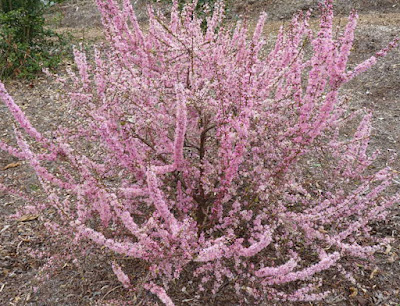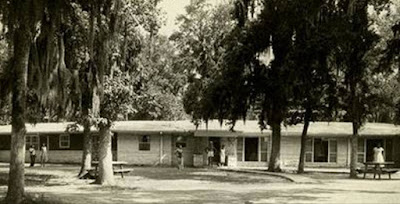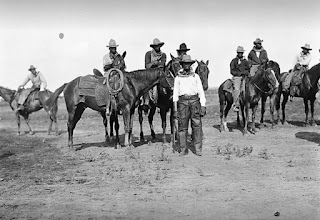Iconic SAN FRANCISCO DE ASIS MISSION CHURCH IN RANCHOS DE TAOS, NM, painted by MARIE BRUNER HAINES (1884 -1979). In 1927, Haines exhibited this painting of San Francisco de Asis in the ANNUAL TEXAS ARTIST EXHIBITION, FORT WORTH, TX. Landscape, wildflower, and portrait painter, muralist, graphic artist, designer, lecturer. Haines was born in Cincinnati and reared in Dayton and Madisonville, Ohio. She studied at the Art Academy of Cincinnati (1900-1901), the Pennsylvania School of Industrial Arts, Philadelphia (1904-5), and the Art Institute of Chicago. She lived in Atlanta (1908-21), during which time she attended the National Academy of Design and studied at the Art Students League of New York (1915-17).
In 1921 Haines moved to College Station, TX, where she maintained her home and studio in the residence of Dr. F. B. Clark, her brother-in-law and professor of economics at Texas A&M College. In the 1920s she painted several summers in San Augustine, Florida and Taos, New Mexico. Haines is considered an early member of the Taos art colony. She also painted in New York during the period. After her marriage to Frederick A. Burt in 1950, she moved from College Station to Bennington, Vermont, where she painted under the name Marie Haines Burt. Haines died in Bennington.
Exhibitions: Southern States Art League Annual Exhibition (1926-30,1933-34,1936,1937 prize,1938); Annual Texas Artist Exhibition, Fort Worth (1927, 1930); Annual Exhibition of Texas Artists, Dallas Woman's Forum (1928); Edgar B. Davis Competition, San Antonio (1928-29); Highland Park Art Gallery, Dallas (1929 one-woman); Annual Texas Artists Circuit Exhibition (1931, 1948); Annual Southeast Texas Artists Exhibition, Houston (1937,1939); Corpus Christi Art League (1943-45); Corpus Christi Caller-Times Annual Exhibition (1944); Society of Vermont Artists (1953-61); Women Artists of Texas 1850-1950, Panhandle-Plains Historical Museum, Canyon (1993); Taos; Port Arthur and Wichita Falls; Atlanta and Macon, Georgia; Museum of Fine Arts, Santa Fe; Charleston, South Carolina.
Murals: Austin High School, Bryan; library, Texas A&M College, College Station.










